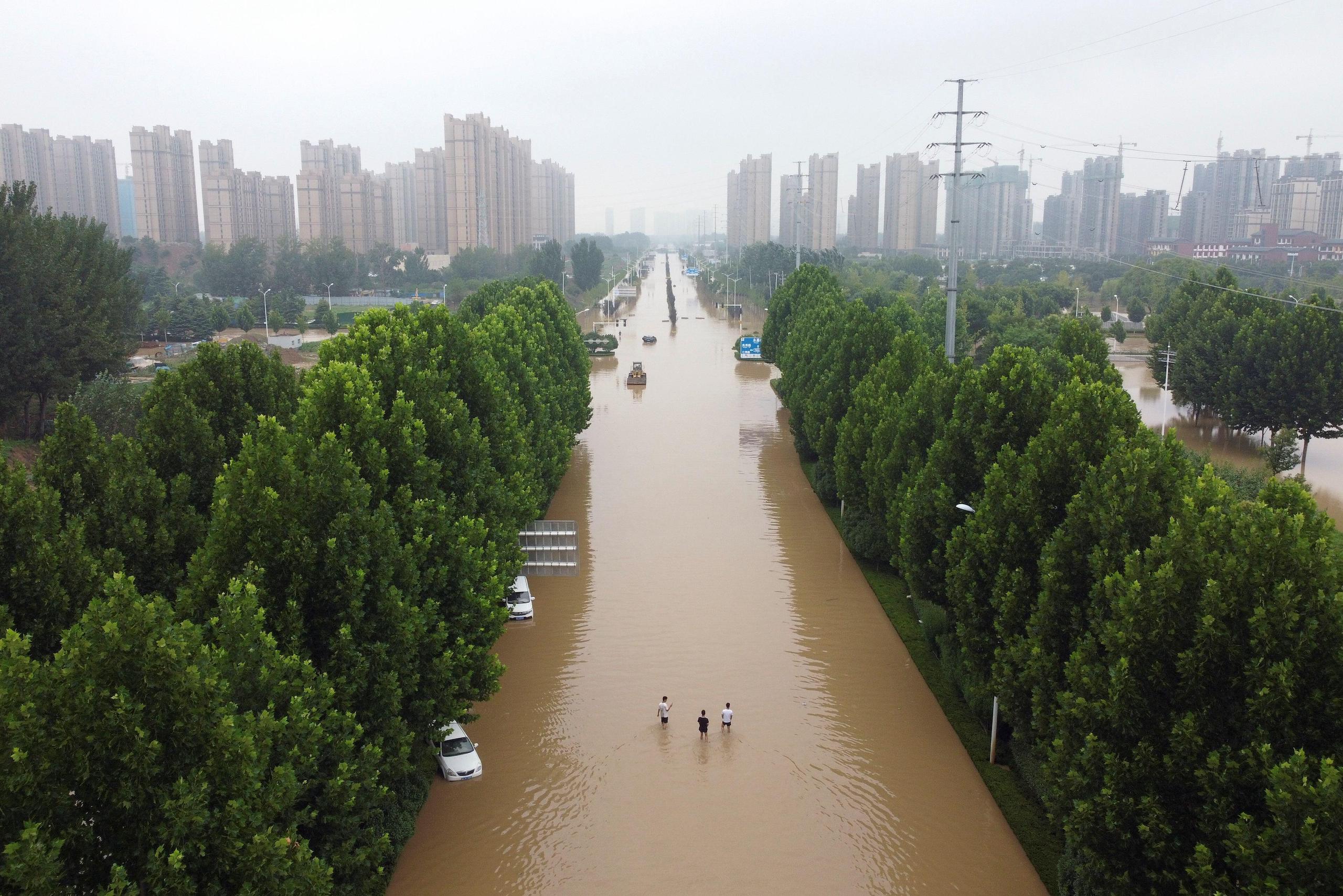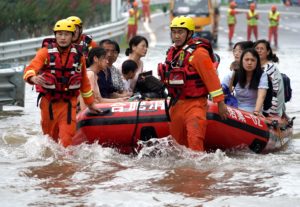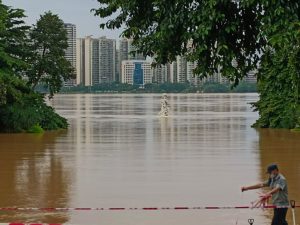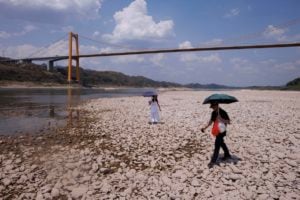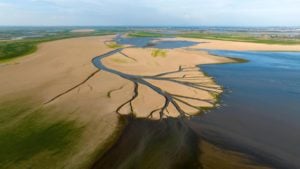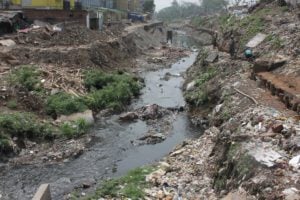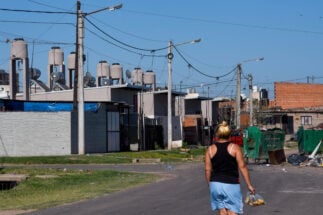Human-caused climate change increased the amount of rain that fell during the 2021 Henan floods by 7.5%, a team of experts from the Chinese Academy of Sciences and Peking University have found.
The heavy rains that hit the central province of Henan between 17 and 23 July left cities and villages inundated. Power supplies to hospitals failed, subways flooded, river embankments collapsed. The provincial capital Zhengzhou saw almost as much rainfall in three days as it does in an average year. On the 20th of July, more rain fell in the city than had ever been recorded in China in a single hour (202 millimetres). The floods left 398 people dead or missing and affected almost 14 million, according to a State Council investigation. Direct economic losses reached 120.06 billion yuan (about US$16.5 billion).
In the aftermath, experts interviewed by outlets such as Caixin and Beijing News acknowledged the link between human-caused climate change and extreme weather events but said conclusions about a specific event in a limited area are more difficult.
This new research makes a definite and quantified connection between climate change and the Henan floods.
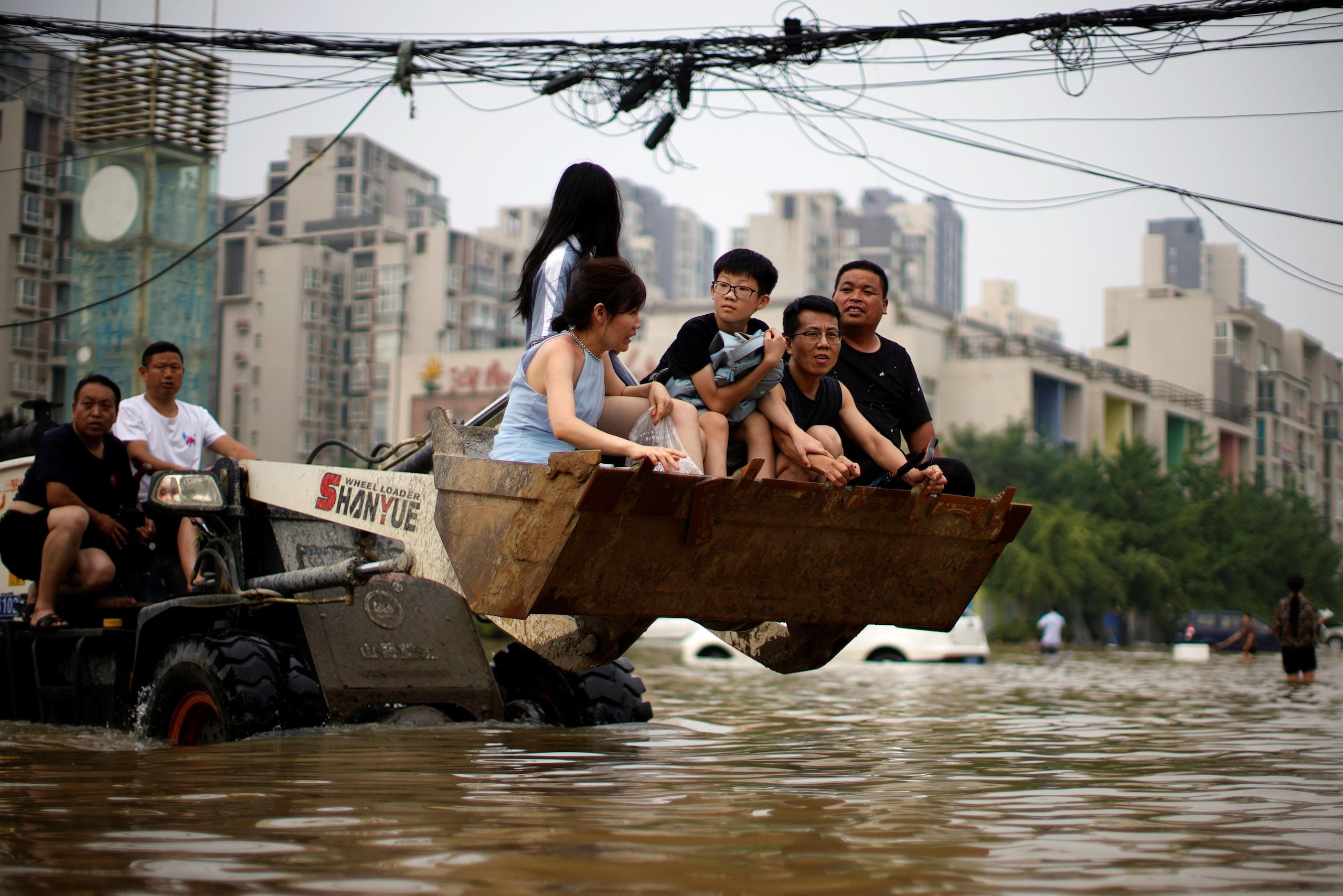
The researchers produced four simulations of the weather between 19 and 21 July, using a weather research and forecasting model with a 4km resolution, and published their findings on 31 October in Science Bulletin, a journal supervised by the Chinese Academy of Sciences.
One of the simulations, known as a “hindcast” (as opposed to forecast), reproduced the conditions observed at the time. Another simulated events in a world without climate change. The last two models were forecasts – projecting what such a rainfall event could be like in the year 2100 under a low-emissions scenario, and a moderate-emissions scenario.
A hindcast involves researchers feeding observed data into the model to verify its accuracy in matching observed events. In this case, the hindcast accurately mirrored what happened in Henan.
According to the Intergovernmental Panel on Climate Change’s Sixth Assessment Report, a low-emissions scenario would see emissions start to fall from 2025, with carbon neutrality by 2050 and global temperatures reaching 1.8C above pre-industrial levels at the end of the century. The moderate-emissions scenario sees current emission levels maintained until mid-century before falling to carbon neutrality at the end of the century, when the temperature rise would be 2.7C.
The only differences between the four simulations were factors that affect the thermodynamics of climate systems, such as temperature and humidity. The differences between the outcomes, therefore, can be ascribed to the warming and wetting caused by climate change.
We find a systematic increase in the risk of heavier events as the climate warms
Given the difference between the observed and “no climate change” scenarios, the researchers concluded that climate change had increased rainfall in Henan floods by 7.5%. This was a result of warmer seas causing more evaporation of moisture into the atmosphere, which was then blown inland by two typhoons active in the northwest Pacific Ocean at the time, In-Fa and Cempaka. In a warmer climate, wetter storms release more latent heat, resulting in stronger convection currents.
“That 7.5% increase was, in the context of such an extreme downpour, no small amount. And the figure is an average across Henan – in some places the increase was 15% to 20%. The impact of climate change on the floods cannot be overlooked,” said Wang Jun, an associate professor at the Institute of Atmospheric Physics, and one of the authors of the study.
However, the researchers pointed out that while the resolution of 4km is adequate for causal attribution at the provincial level, more detail would be needed to assess the impact of topography on convection currents more locally. That may be why the modelling put most of the precipitation in southern Henan (in the image on the right), when it actually fell in the centre and north of the province (on the left).
Source: Wang et al., On the role of anthropogenic warming and wetting in the July 2021 Henan record-shattering rainfall, 2022
But the researchers point out that higher-resolution modelling would be overly expensive and time-consuming and add little detail at the provincial level.
The two other simulations, under low- and moderate-emissions scenarios, found that at the end of the century precipitation would increase by 14.3% and 21.9% respectively, on the already terrifying baseline seen in July 2021.
The researchers also found that existing emissions may have caused enough warming and wetting to double the likelihood of disastrous hourly precipitation of 100 millimetres or more (from 0.0021% to 0.0049%). In the moderate-emissions scenario, that would multiply by four, to 0.0203%, by the end of the century.
“We find a systematic increase in the risk of heavier events as the climate warms,” the researchers warn.
